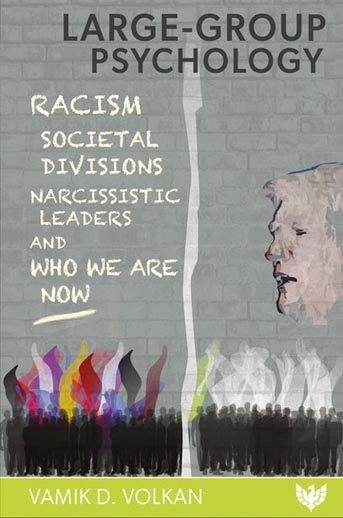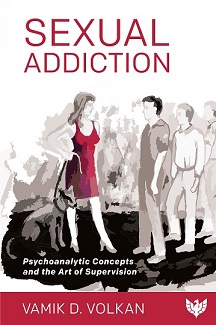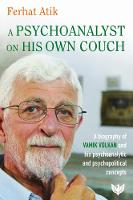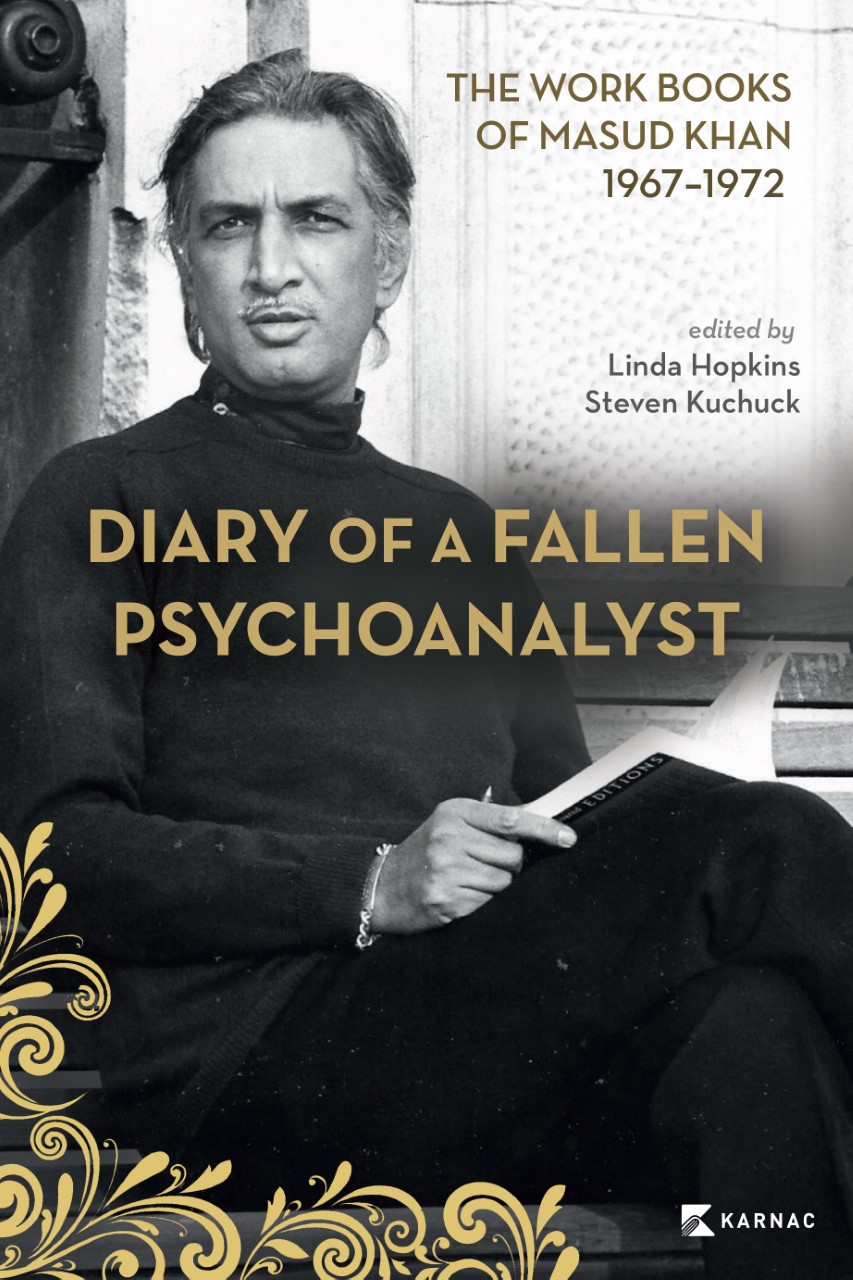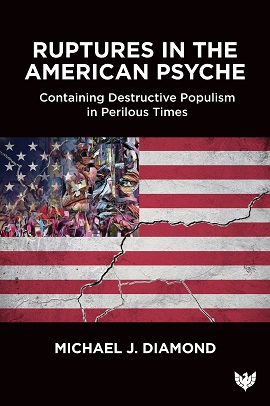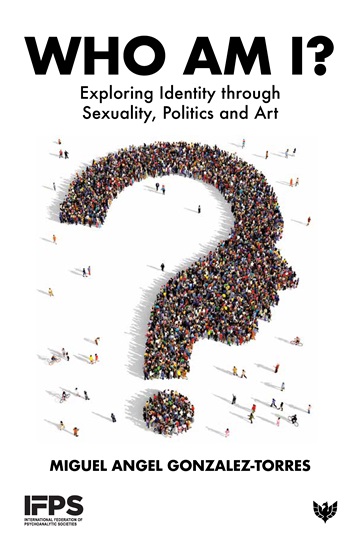Linking Objects and Linking Phenomena: A Study of the Forms, Symptoms, Metapsychology, and Therapy of Complicated Mourning
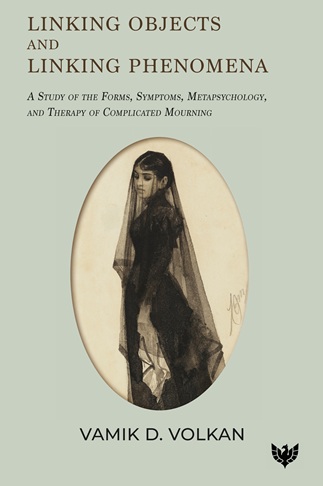
Book Details
- Publisher : Karnac Books
- Published : July 2025
- Cover : Paperback
- Pages : 348
- Category :
Psychoanalysis - Catalogue No : 98234
- ISBN 13 : 9781800134096
- ISBN 10 : 1800134096
Also by Vamik D. Volkan
save £3.50
Free UK Delivery over £25
There are currently no reviews
Be the first to review
This reissue of a classic work that revolutionized the understanding and treatment of pathological mourning contains a new preface, Foreword from Harold F. Searles, and fascinating, detailed reports of actual cases. Building on fifteen years of clinical research, it shows how bereaved persons mired in mourning their loss can be helped in treatment.
Vamik Volkan brings a breadth of theory, academic rigor, and clinical study to the subject of ‘complicated mourning.’ He focuses on the, at times, bizarre ways in which bereaved persons maintain contact with the dead by means of inanimate objects or psychic phenomena invested with magical powers, which he calls ‘linking objects’ and ‘linking phenomena.’ For these individuals, their mourning reproduces the same ambivalence that characterized their lifetime relationships with the deceased and they simultaneously long for and dread a return from the grave. The linking object or phenomenon enables the mourner to maintain the illusion of external control over the dead person and extends the mourning process indefinitely.
Volkan carefully distinguishes this ‘established pathological mourning’ from neurotic depression and normal mourning. Grief in itself is not a mental disorder and he provides original contributions to our understanding of grieving, from both a phenomenological and metapsychological point of view. Volkan introduces his clinical research, describes helpful exercises and psychotherapeutic techniques, and offers examples of a revolutionary brief psychotherapy called ‘re-grief therapy.’ Continuing case studies bring the rich theory to life, including illuminating clinical illustrations of the ‘replacement child,’ and demonstrate the effectiveness of psychoanalytic treatment. On the theoretical side, Volkan compares linking objects with transitional objects, fetishes, talismans, and inanimate objects considered magical by psychotics.
Linking Objects and Linking Phenomena is a seminal work on the subject of mourning which decades on from its original publication continues to give practicing clinicians, academics, and trainees much to ponder, assimilate, and put to technical, theoretical, and practical use.
Reviews and Endorsements
Linking Objects and Linking Phenomena is a classic of the clinical psychoanalytic literature on pathological mourning. Vamık Volkan’s diagnostic distinctions and grief therapy innovations have helped innumerable patients over the years. But why now reissue this book? Could it be that, with so many losses all around us – and so many efforts to compensate for them in destructive ways – there are truths in this book to be re-learned and developed for our time? In his later work with groups in conflict, Volkan describes “chosen trauma” – the way that historical trauma shapes large-group identity toward future disaster – as an “infection of the mourning process.” Is it time now to look again at the dynamics of pathological mourning, writ large in our current era, and to mine this book for insights that might help both our patients and our communities?
M. Gerard Fromm, Ph.D., Distinguished Faculty Member, Erikson Institute, Austen Riggs Center; Fellow, American Board and Academy of Psychoanalysis
In a time when neuroscience is finally catching up with the study of the grieving brain, Dr. Volkan’s classic work with patients suffering from pathological mourning is more relevant than ever. Concepts like the “linking objects,” which unconsciously keep the mental representation of the lost person alive, or the notion of “perennial mourners” unable to resolve their ambivalence to the lost person, are important for the understanding and treatment of complicated mourning. A future neuropsychoanalytic comprehension of the pain over the loss of our loved ones requires an examination of its impact on both our brain and soul.
Jose Fernando Muñoz Zúñiga, neuropsychiatrist and psychoanalyst; Associate Editor, Neuropsychoanalysis
Table of Contents
Preface to the reissue
Acknowledgments
About the author
Foreword by Harold F. Searles, M.D.
1. Introduction: The evolution of research into complicated mourning
Part I: Phenomenological and theoretical findings
2. Uncomplicated mourning
3. Complications in the initial stage of the mourning process
4. Complications in the work of mourning: Reactive depression
5. Complications in the work of mourning: Established pathological mourning
6. An example of the linking object: Othello’s handkerchief
Part II: Treatment
7. Psychoanalytic psychotherapy of established pathological mourning
8. The daughters of Goodbar
9. Re-grief therapy
10. Three more examples of re-grief therapy
11. A yellow spot in the bottom of a coffee cup
Part III: Living linking objects and related psychological states
12. Children’s reactions to death: “Negative” outcome – the case of the stone swan
13. Children’s reactions to death: “Positive” outcome – the case of “Immortal Atatürk”
14. A living linking object: The case of the Night of the Living Dead
Part IV: Coda
15. Magical inanimate objects
References
Name index
Subject index
About the Author(s)
Vamık D. Volkan is an Emeritus Professor of Psychiatry at the University of Virginia, an Emeritus Training and Supervising Analyst at the Washington Psychoanalytic Institute, and the Senior Erik Erikson Scholar at the Austen Riggs Center in Stockbridge, Massachusetts. He is the president of the International Dialogue Initiative and a former president of the International Society of Political Psychology, the Virginia Psychoanalytic Society, and the American College of Psychoanalysts. He received the Sigmund Freud Award given by the city of Vienna in collaboration with the World Council of Psychotherapy, and in 2015 received the Sigourney Award, honouring achievements for the advancement of psychoanalysis.
Customer Reviews
Our customers have not yet reviewed this title. Be the first add your own review for this title.
You may also like
A Psychoanalyst on His Own Couch: A Biography of Vamik Volkan and His...
Ferhat Atik
Price £23.39
save £2.60
Diary of a Fallen Psychoanalyst: The Work Books of Masud Khan 1967-1972
Linda Hopkins
Price £40.50
save £4.50
Ruptures in the American Psyche: Containing Destructive Populism in Perilous...
Michael J. Diamond
Price £17.99
save £2.00
Who Am I? Exploring Identity through Sexuality, Politics, and Art
Miguel Angel Gonzalez-Torres
Price £26.99
save £3.00



